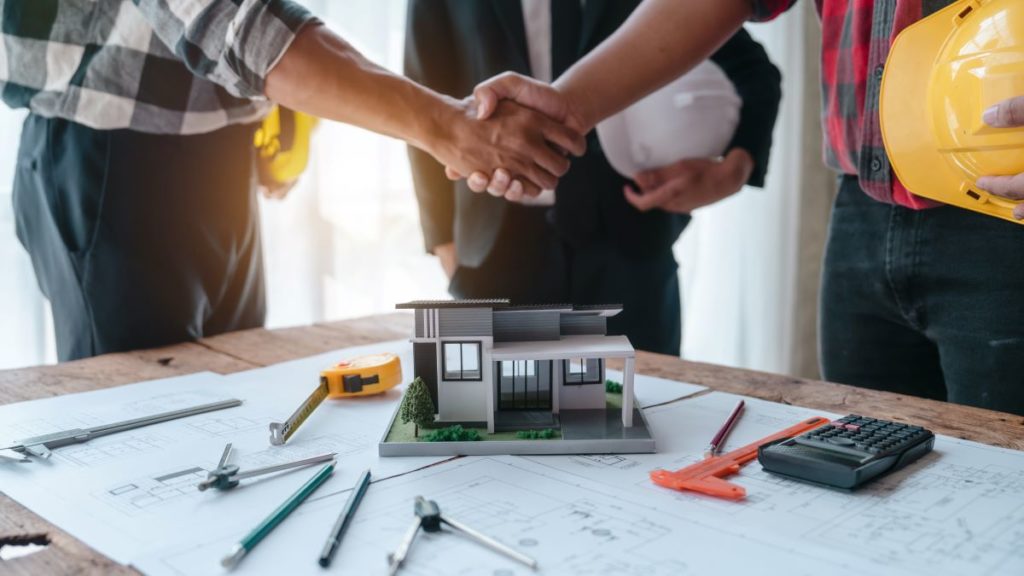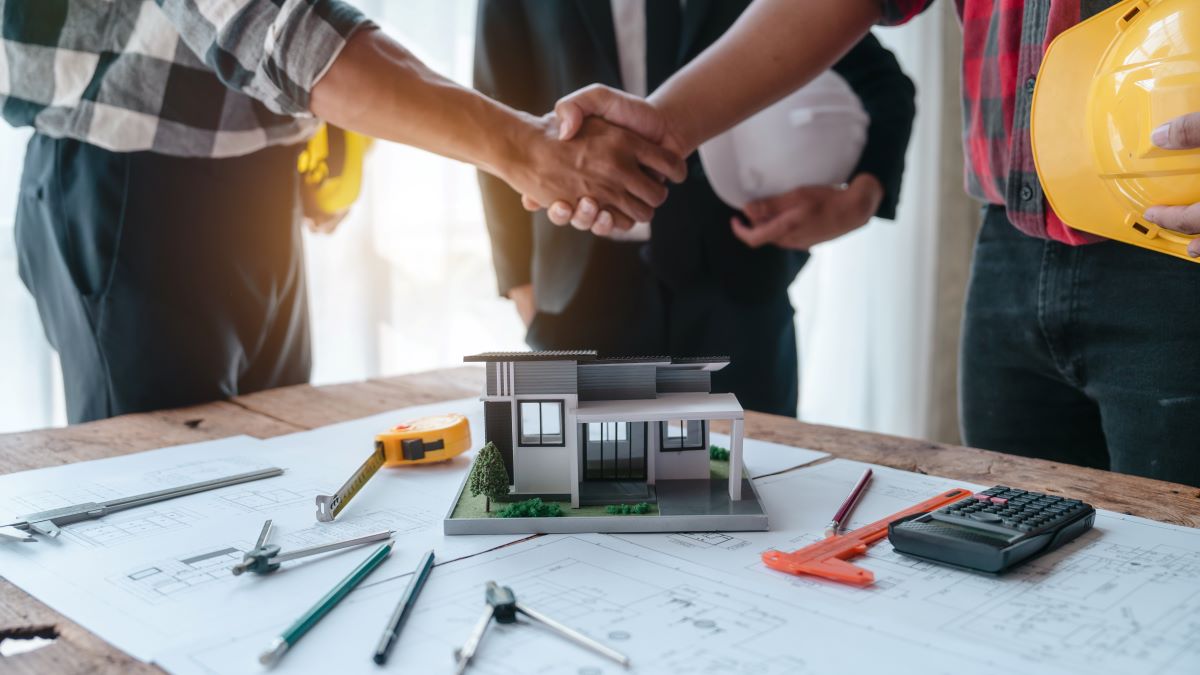
Picking the Right Team To Build a LEED-Certified Home

If you’re building a new home, have you considered LEED certification? This green building rating system focuses on the sustainable design, construction, and operation of your home. That means it’s not just better for the planet, it’s also safer for you and your family. The professionals you hire to build your LEED-certified home help ensure it meets your needs and has a smaller environmental footprint than a conventionally built home.
Our homes and other buildings are responsible for nearly 40% of global carbon emissions, so reducing the environmental impact of our homes can make a big difference to the health of our planet. By using sustainable materials and efficient systems, we can make homes healthy, comfortable, and cost-saving places to live. The U.S. Green Building Council (USGBC) has a green building certification for homes that addresses energy efficiency, indoor air quality, and overall environmental performance. LEED-certified homes are designed to have fewer indoor toxins and use less energy and water than homes that merely meet local building codes.
Why Build a LEED-Certified Home?
Americans spend an average of 90% of their time indoors, and indoor air quality and natural lighting can affect our health and even our mood and productivity. The average household spends $117 on electricity, $62 for natural gas, and $45 for water each month, but a more efficient home can save money while helping conserve resources. Also, data on home values shows that LEED-certified houses may have a higher resale value.
[embedded content]
How Does a Home Qualify for LEED Certification?
The LEED green rating system focuses on the following seven categories. Building or renovation projects can earn credits in these categories to achieve certification.
- Sustainable Sites, 26 available points
- Water Efficiency, 10 available points
- Energy and Atmosphere, 35 available points
- Materials and Resources, 14 available points
- Indoor Environmental Quality, 15 available points
- Innovation in Design Process, 6 available points
- Regional Priority, 4 available points
There are 110 total points available.
LEED homes qualify for different levels of certification depending on the number of points the project earns.
- Platinum: 80+ points
- Gold: 60 to 79 points
- Silver: 50 to 59
- Certified: 40 to 49
What Should I Ask a Green Architect or Builder?
It’s helpful to assemble a team with LEED certification experience, including the architect and the builder. The USGBC has a database of LEED-accredited professionals, which can be a good place to start.
When selecting green building professionals, ask them about their previous experience and level of expertise. Being a LEED-accredited professional doesn’t necessarily mean they have extensive hands-on experience. Also, you might ask them if they have experience with other green rating systems, such as Passive House or Zero Energy-Ready Homes.
It’s a good idea to ask for references and speak with past clients about their experience with the architect or builder. Ideally, work with green professionals that have a very strong reputation in general and don’t select one just because of their sustainability knowledge. It’s also essential to ask about pricing to determine if their services fit your budget.
Topics to Discuss With Green Architects
Ask how the architect will earn points in the seven categories, focusing on any specific categories in which you want to excel. For example, find out what ideas they have for ensuring excellent indoor air quality: What ventilation strategies will they use? How will they avoid the use of materials that off-gas toxins? If you have selected your building site, discuss how to overcome certain constraints that may exist, such as building codes, topography, or space limitations. If you haven’t purchased land yet, ask if they have tips on selecting a site.
If you want your home to have a passive solar design, the architect must be skilled in this area. A passive solar design will reduce the heating and cooling load of the home through the orientation of the home and summer shading. Likewise, if you want to have an all-electric home, ask the architect what strategies they may use to avoid gas appliances and to ensure home comfort. If you plan to install a solar system, it’s best to have a large south-facing roof that is free of obstruction. Make sure you discuss the home’s orientation with the architect to ensure it will not hinder other sustainable design elements of the project.
Find out what ideas the architect has for insulation and other ways to reduce the heating and cooling load of the home. Also, ask about durable materials that will reduce material use and expenses in the future, such as a standing seam metal roof. Ask about the lifespan of other building elements, such as the siding, windows, and doors.
Topics to Discuss With Green Builders
Start by learning about the experience that a builder has with energy-saving designs that use natural or recycled materials. It can be especially helpful to determine their expertise in sourcing green building materials and equipment, such as energy-efficient windows, doors, water heaters, and HVAC equipment. Also, find out if they are experienced with sourcing natural, recycled, and locally-sourced materials and what companies they may use. Determine if the builder knowledgeable about how to avoid products that off-gas volatile organic compounds in building materials and finishes.
Also, find out if they can help you take advantage of tax credits and other incentives for energy-saving homes. Ask if they use subcontractors and for which aspects of the project, and whether they have relationships with any green subcontractors. Perhaps they might have a good relationship with a local solar energy installation company or a green landscaper.
The Best Team for Your Project
Selecting the right team is one of the most important elements in building a LEED-certified home that meets your needs and has a smaller environmental footprint. Knowing what to ask is essential for selecting the best green professionals and ensuring the home meets or exceeds your design vision.
Services Marketplace – Listings, Bookings & Reviews